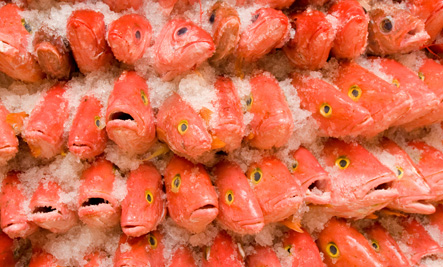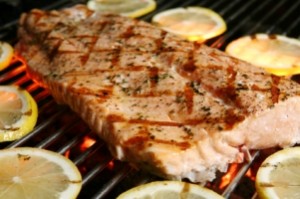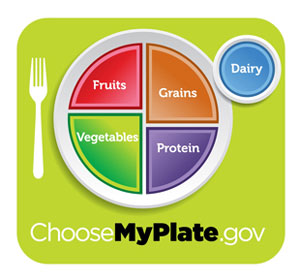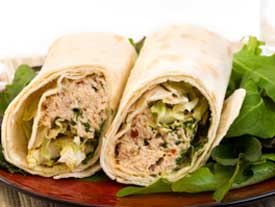
By Shae Blevins, contributor for DietsInReview.com
The diet and nutrition in The Pescetarian Plan is built on The Seven Pescetarian Principles the author, Janis Jibrin, RD, created.
Principle #1: Do not eat meat and poultry; eat recommended amounts of protein.
Proteins allowed with The Pescetarian Plan include fish and seafood, of course, as well as cheese, eggs, edamame and tofu, among other plant-based proteins found in grains, legumes and nuts.
Principle #2: Eat fruits and vegetables!
Fruits and vegetables of the traditional American diet might be apples and potatoes, but The Pescetarian Plan encourages you to explore the produce section at your local grocer to find kiwi, mangoes and figs. The fruits and vegetables allowed in The Pescetarian Plan are not always Mediterranean-based, such as sweet potatoes, but always provide the nutrition the author promised.
Principle #3: Keep treats and alcohol at a minimum.
The Pescetarian Plan allows for you to indulge in your favorite treats, such as salty chips and sweet cookies, but it recommends eating those treats in moderation. The same goes for consuming alcohol – and it should be wine.
Principle #4: Get a handle on starches.
The Pescetarian Plan recommends that half your grain servings should be whole grains, since people who eat whole grains tend to be at a healthier weight. Other starches, such as legumes, should be eaten at least four times a week.
Principles #5: Switch to low-fat or non-fat dairy.
Switching from whole fat milk to low-fat milk will save calories and saturated fat allowances in The Pescetarian Plan. Dairy is also one of the food groups you are allowed to cut completely if you have allergies or don’t like it.
Principle #6: Enjoy healthy fats!
The Pescetarian Plan is not a low-fat diet. Approximately 35 percent of the calories in this plan come from fat – the healthy fats founds in nuts, seeds, olive oil and avocados.
Principle #7: Drink more water!
Water is the beverage of choice for The Pescetarian Plan, and Jibrin recommends drinking six cups of water a day or enough so that your urine looks like lemonade. Fruit juices, sodas and sweet teas are, in Jibrin’s opinion, a waste of calories.
The Pescetarian Plan provides calories plans instead of meal plans, which allow you to be more creative with what you eat when but do not give you strict guidelines on what you should eat for breakfast, lunch and dinner. The calories plans outline how many servings of each pescetarian food group you should eat at different calories levels, such as 1,500 calories a day or 2,500 calories a day. However, the diet does show you how to plan your own meals through templates.
Read Also:
Seafood Recipes for Lent
Grilled Tuna with Herb Tapenade and Succotash
Fancy Fish Sticks









